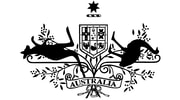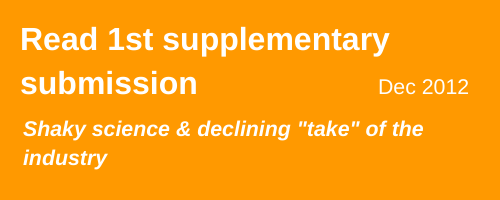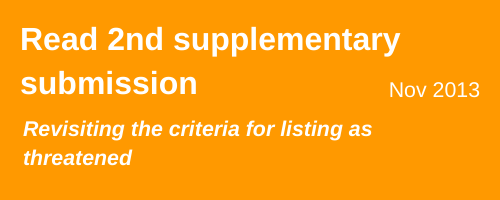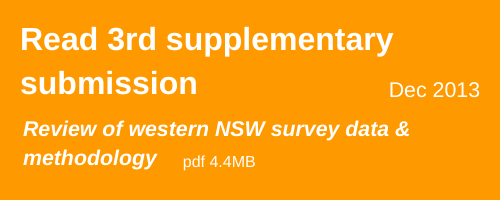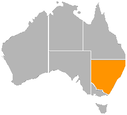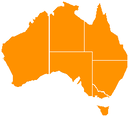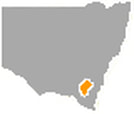NOMINATION TO LIST THE LARGE MACROPODS
Western Grey Kangaroo (Macropus fuliginosus)
Eastern Grey Kangaroo (M.giganteus)
Common Wallaroo (M.robustus)
Red Kangaroo (M.rufus)
Eastern Grey Kangaroo (M.giganteus)
Common Wallaroo (M.robustus)
Red Kangaroo (M.rufus)
AS THREATENED SPECIES
under the NSW Threatened Species Conservation Act 1995
20th December 2011
Raymond Mjadwesch
Consulting Ecologist
Raymond Mjadwesch
Consulting Ecologist
Kangaroo tracks, Ledknapper Nature Reserve
